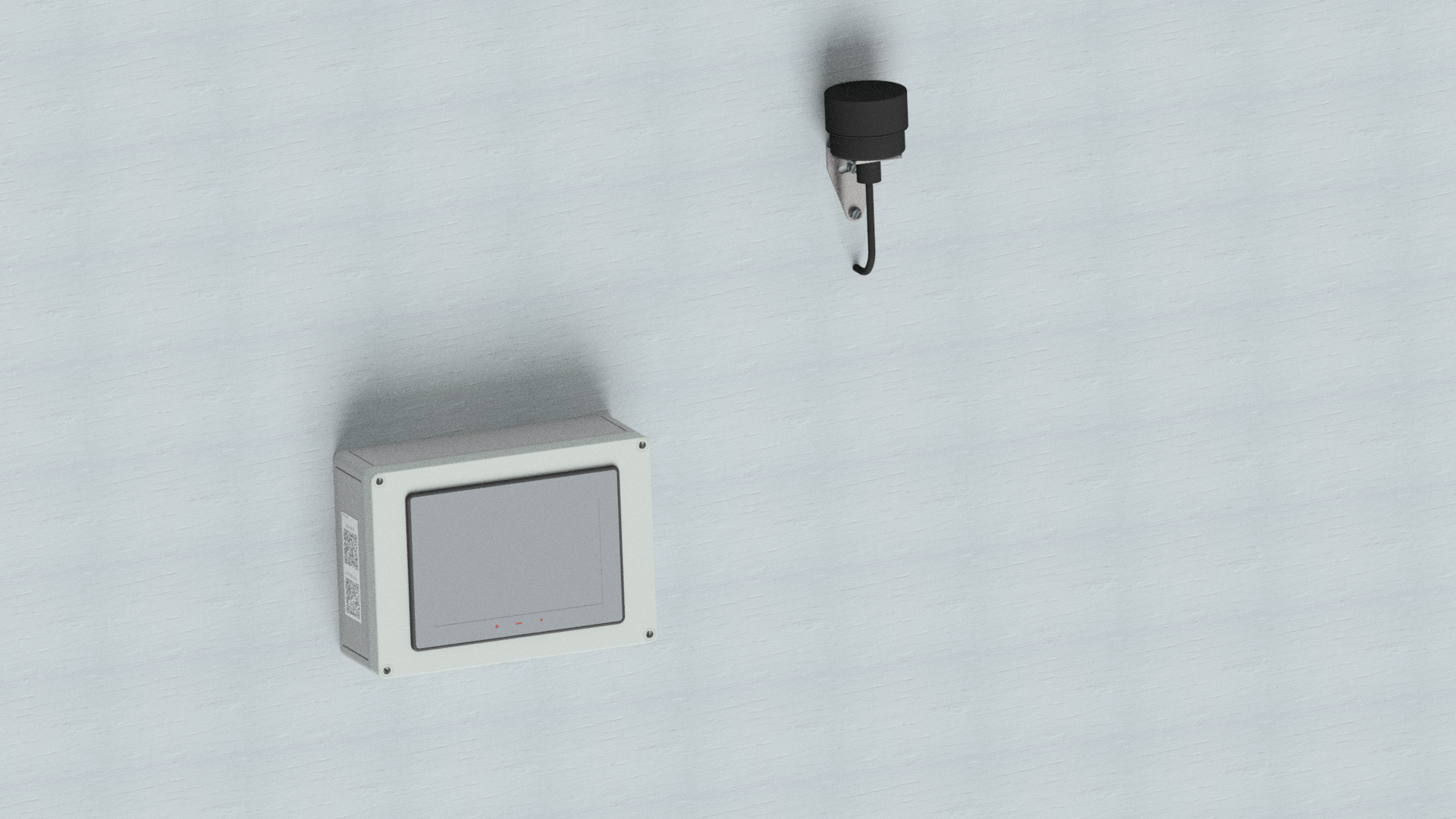Driven: Direct Drive vs. Gear-Driven Fans
Things to consider when choosing between direct-drive and gear-driven large-diameter fans.
Correctly choosing the motor type for a large-diameter ceiling fan (LDCF) will determine how efficient the fan uses energy, and how well airflow is distributed. The motor technology is also the most costly aspect of a fan, so the stakes are high. Your primary considerations are reliability, cost, and energy efficiency. The two main types of LDCF motors are “direct-drive” and “gear-driven.” This article discusses the similarities between both types, and then highlights how their differences affect each of the factors above.
Motors are motors, right?
The main similarities between the two motor types have to do with frequency of maintenance, weight, and airflow. Both motor types need a similar frequency of regular inspection and external cleaning, so the cost of routine maintenance should not be a driving factor for purchase. The weight of the motor depends less on the type of motor being used, and more on the manufacturer’s design choices. While a direct-drive motor sometimes weighs more, the lack of a gearbox offsets some of that additional weight. In application, the minor weight difference is inconsequential as it does not affect performance or installation. In the end, reliability, cost, and energy efficiency in your specific application should determine your choice.
Installation/Reliability/Maintenance
Gear-driven motors are at a disadvantage when it comes to maintenance. Inside the gearbox, you could experience failing internal seals, oil pressure spikes, overheating, pressure vent issues, and leaking oil. Although most of these problems are rare and reduced by proper installation and operating conditions, direct-drive motors simply don’t have the potential issues that come with a gearbox. This simplicity is why direct-drive motors have a reputation for being more reliable than gear-driven motors.
Cost
Even with all those pros for direct-drive motors, their overall cost is an unavoidable negative. Their designs are more complex and are usually produced in lower volumes than a standard gear motor, which makes them typically more expensive. Gear-driven motors typically have a lower first cost.
Noise
Although often a lower concern in many applications, the noise difference between the two motor types is notable. Direct-drive motors are usually quieter than gear-driven motors, but noise is also affected by a combination of the specific motor and blade choices.
Energy Efficiency
Energy efficiency can quickly offset a higher upfront cost. Much goes into calculating efficiency variances in different applications.
The efficiency metric for fans is called the “ceiling fan energy index” or CFEI. The CFEI compares the performance of an LCDF to a “theoretical reference fan,” which is simply a standard to measure against. At its most basic, higher the CFEI is, the more efficient the fans’ energy usage.
Calculating Energy Consumption/Cost
To calculate a fan’s ceiling fan energy index (CFEI), you compare the electrical input power of the fan to the electrical input power of the virtual reference fan. That reference fan has an energy consumption that is calculated with a standard formula. Using that same formula, you can rearrange the terms to find any fan’s consumption at a particular speed. Most of what is needed can be found in ANSI/AMCA Standard 208-18, Calculation of the Fan Energy Index. Linked here.
Payback on Energy Consumption
From there, a “payback” calculation can posit how long it will take a fan’s energy savings to offset the higher purchase price. Calculating payback considers specific application complexities, including estimations of real-life utilization, local electricity prices, local temperature range, etc, to determine a break-even timeline. Payback shouldn’t be the sole consideration in choosing a motor but it is a good measurement for an on-the-fence decision. If the customer has different priorities such as noise, reliability, or more eco-friendly initiatives, the payback might seem like a smaller issue.
It Depends…
Ultimately, there are many pros and cons for both types of motors. It is important to have a complete understanding of your specific operating conditions, requirements, and goals when deciding because both direct-drive and gear-driven motors are great for the right situations.


